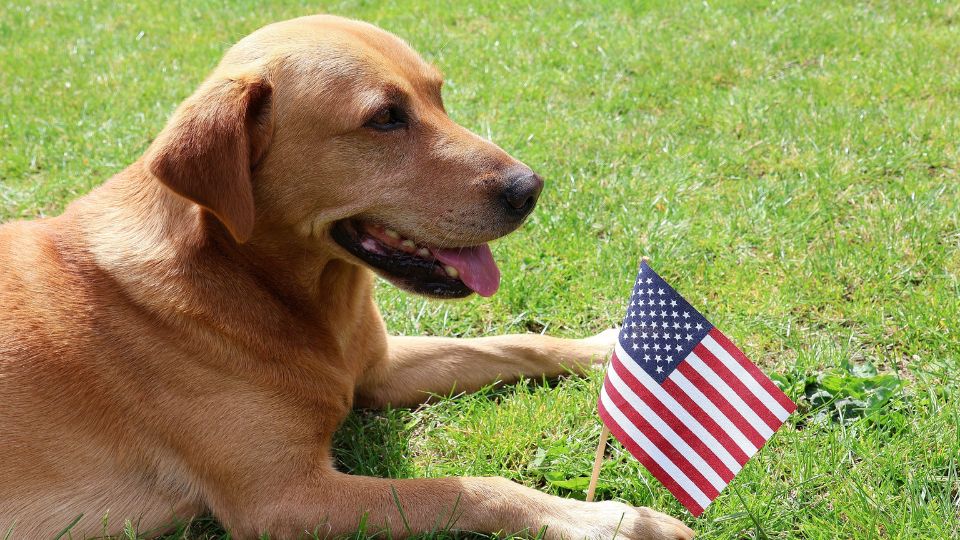
How have social changes affected pet ownership, and what are the consequences for pet welfare?
Great impact
By definition, a pet resides in a household where there are humans. As our fashions and trends change from one season to the next, as an industry it is essential that we carefully monitor where pet ownership is likely to change. The pets are at the centre, unknowingly having a great impact. Will there still be demand in the same markets as before, and can we identify growing demand that professionals can look to influence or supply?
Pet ownership figures
Geographically, pet ownership has seen some changes. As always, dogs are the foremost family member influencing the industry. In the UK, dog ownership numbers have remained relatively stable over the last five years, with around 24% of households owning a dog (around 9 million dogs). Similar numbers exist in both Poland and Italy. Emerging markets include France, but Russia has been recorded as owning the highest number of both dogs and cats in Europe.
More than half of U.S. households possess at least one cat or dog, with the pet dog population being estimated at around 70 million. The estimated number of European households owning at least one pet animal is 75 million; within this data cats take the lead, with 26% cats compared to 18% dogs (European Union). Ornamental birds appear to be most popular in Italy, with Turkey coming a close second.
A €15 billion ($17 billion) annual value has been attributed to pet related products and services. No small figure, indicating that provision and supply willnot be something owners have to worry about.
Global statistics are difficult to compare, mainly due to data collection methods varying widely. Nonetheless as a world market, we can investigate specific trends. For example, in some reports, India has been marked as the fastest growing dog ownership population (whilst their actual ownership numbers are comparatively small compared to the rest of the world).
Developments in pet welfare
So, what is the influence on the humble dog, cat or rabbit, sitting happily at home in their human family setting? Are they seeing an improvement in their welfare and living conditions as a result of the global market?
Happily, the answer is a resounding yes. Consumers have shown increasing concern about animal welfare in relation to the products they purchase. This has overtaken prior environmental concerns when purchasing. This is partly due to the humanization of pets, providing demand for human-grade pet foods and luxurious hotel-style boarding accommodation during holidays.
The trend for ‘cause marketing’ (where consumer concerns for health and welfare drive demand) has developed alongside widespread advertising in areas such as adoption campaigns for pets in shelters, nutrition, and other health campaigns such as disease awareness and prevention. An example is the recent Lungworm awareness campaign is currently taking hold of the UK market – the campaign uses not only television and printed media but additionally, website advert banners and pop up advertising within smartphone apps.
Changing role
What role do pets now serve? Is the growth in behaviour and rescue services for pets a symptom of trying to make pets fit consumer demand?
It appears pets have been enveloped by our leisure and companionship needs. A dog is often expected, sometimes unrealistically, to be happy left waiting at home to provide a de-stress mechanism for his tired humans at the end of their working day.
The dog, being a social creature, may not appreciate such treatment – it is said that 10.7 million dogs in the U.S. have been diagnosed as suffering from separation anxiety, a form of distress at being isolated from their owners. Symptoms can include destructive behaviour in the home, including damage to doors and windows. Indeed, when left without sufficient stimulation, most pets will become distressed.
Studies indicate that pets have always occupied positions in a broad range of human lifestyles and societies. Working, hunting, entertainment, companionship, all are dependent on what our needsare compared to what the pets can provide.
Pet popularity
In some cases, pet popularity has waned. In the UK, decreasing numbers of pets owned by those born during the Second World War are said to be as a result of the ‘unfeasibility’ and ‘undesirability’ of pet care. One could surmise that this is due to theowners’ relative age, or it may be that as humans are living longer their freedom in later life and retirement is a significant feature. By contrast, ‘new millennials’ (those born within early 1980’s to early 2000’s) are increasingly owning pets, in particular small dogs, to share their homes.
Whilst only a link rather than a cause, the U.S. birth rate fell by 10% between 2007 to 2014; ownership of small dogs has doubled in that time, now apparently making them the most popular size of dog. Additionally it is supposed that as couples who delay having babies until later in life are filling the gap with a pet instead, but data is needed.
Market trends
In the face of determined demand for pets, market trends indicates busier lifestyles, so pet services and products are the features that must adapt. It is not the pet themselves that can change; the care around them is under the strongest influence as a result.
The latest articles

Rebranding: Zooplus refreshes its logo
The Munich-headquartered online retailer has undergone a rebranding to show its commitment to growth, innovation and future-looking vision.

Exclusive: The success of pet supplies in Tesco’s new UK marketplace
Britain’s largest supermarket chain shares its plans with GlobalPETS to add more suppliers to its pet section.

US: Pet ownership returns to pre-pandemic levels
New APPA research highlights the high cost of keeping dogs and cats, including vet and boarding expenses.
Weekly newsletter to stay up-to-date
Discover what’s happening in the pet industry. Get the must-read stories and insights in your inbox.
